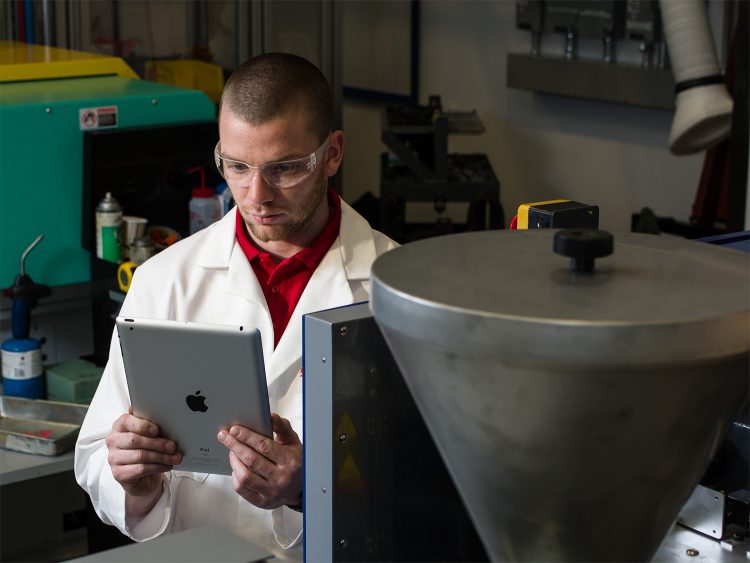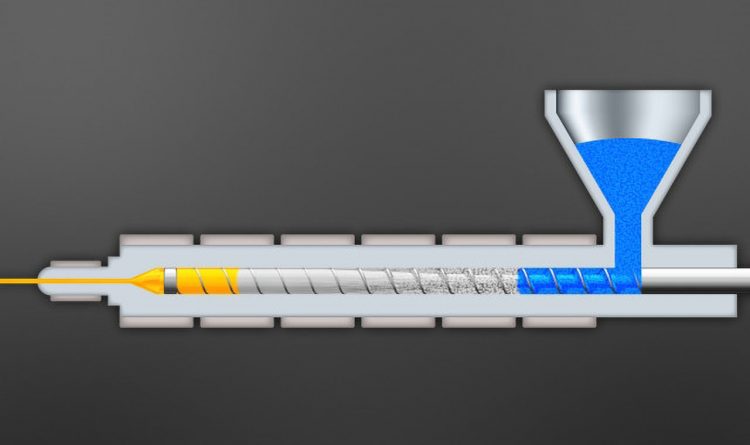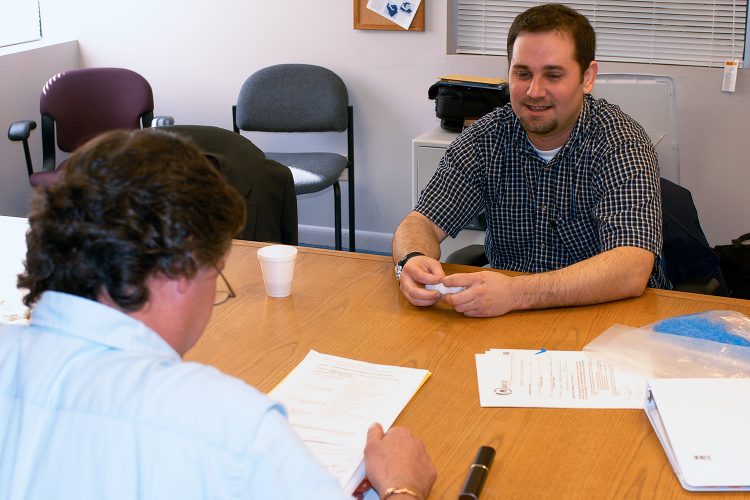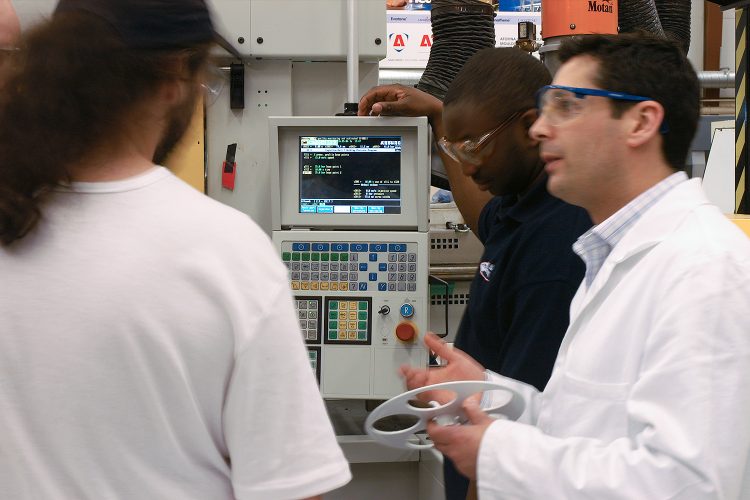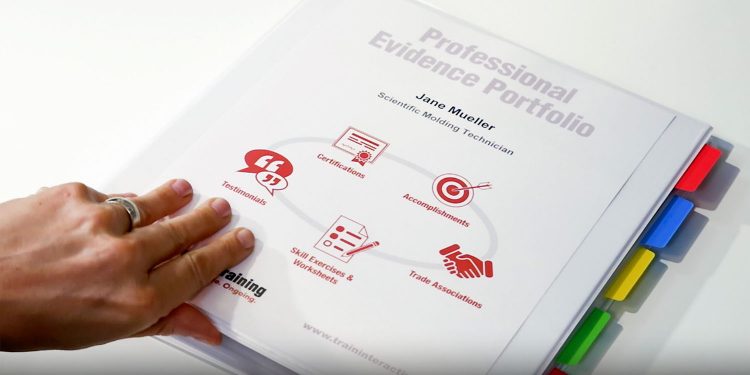To put it bluntly, if your technicians and engineers are not following these 5 simple rules, your company is losing money. Although these are just basic best practices for our industry, there are very few companies that consistently follow all 5 of these steps. Those who do are some of the most competitive companies in the plastics industry.
Change One Aspect at a Time
When adjusting a process, change only one aspect of the process at a time. This allows time for the specific adjustment to take place — allowing you to be more deliberate in your changes. Most importantly, it avoids confusion and allows you to determine the exact cause and effect of the change you made.
Make Significant Changes
Your changes must be big enough to actually see something happen. If you adjust your mold temperature by only 2 degrees, that is not significant enough to notice any change, as temperatures can fluctuate as much as 5 degrees under normal conditions.
If you believe something is going to help, make a big adjustment and see what happens: If it went to far, you can always dial it back a little. If it didn’t help, go to the next rule.
If a Change Does Not Help, Change It Back
If a change does is not effective, you must change it back. Unnecessary changes cause the process to drift further and further away from the standard process.
Properly Document the Process That Makes Good Parts
While a simple setup sheet with all the process inputs is great for die setters, processing and troubleshooting require documentation of the actual process outputs that makes a good part. There should be a standard documented process for each mold — as well as a process sheet generated each time first piece approval occurs.
Document all Changes to the Process
Any and all changes that occur after first piece approval must be documented. Process changes are important, but also include anything else that affects the system, such as: repairs, cleaning, mold adjustments, and equipment changes. Every molder should have a documented process at first piece approval — along with a list of all changes for every single production run.
The steps outlined above are an important aspect of the Scientific Molding methodology. Please check out Routsis Training’s extensive Scientific Molding training library, which includes both online courses and our exclusive SkillSet™ hands-on training labs.
